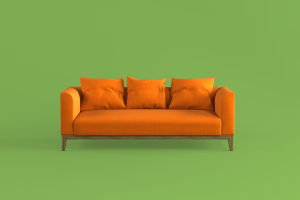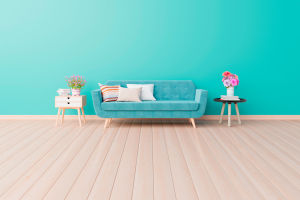Paint Mold Prevention
Hello, Lykkers! Have you ever wondered if a simple coat of paint could keep your chairs safe from pesky mold?
Today, we're diving into this topic to find out how we can protect our furniture and keep it looking fresh for longer!
Why Chairs Get Moldy
Mold grows in environments that are moist and poorly ventilated. For chairs, particularly those kept in humid areas or outdoors, the risk of mold growth increases significantly. When moisture settles on the surface, it creates an ideal breeding ground for mold spores, which eventually start spreading. This can lead to unsightly spots and a musty smell, which nobody wants on their chairs!
To help prevent mold growth, it's essential to reduce exposure to moisture. Painting your chairs can indeed create a protective barrier that helps resist moisture penetration, potentially lowering the risk of mold formation.
How Painting Can Protect Against Mold
Applying a high-quality, mold-resistant paint can be an effective way to guard against mold. Many paints are specially formulated to repel moisture and prevent mold spores from taking hold. These paints contain additives that resist mildew and mold, making them a great choice for furniture that might be exposed to moisture, such as patio chairs or bathroom stools.
When you apply paint to a chair, it creates a sealed layer over the wood or material, blocking water from seeping in. This layer not only adds color but also acts as a protective barrier. To maximize the mold-resistance effect, opt for outdoor-grade or mildew-resistant paints, especially if your chairs are used outside or in humid areas.
[RE]new Quick Tip: How to remove mold from furniture
Video by FURNITURE REFINISHING by [RE]new
Steps for Painting Chairs to Prevent Mold
To achieve the best mold- prevention results, it's essential to prepare the chairs properly before painting:
1. Clean the Surface: Begin by cleaning the chair thoroughly to remove any dirt, dust, or existing mold. Use a mild detergent and allow it to dry completely.
2. Sand the Chair: Lightly sand the surface to ensure the paint adheres well. This will also help remove any existing mold stains on the surface.
3. Apply Primer: Use a mold-resistant primer to create a strong base layer. This primer helps seal the chair and provides extra protection against moisture.
4. Paint with Mold-Resistant Paint: Choose a mold-resistant, waterproof paint and apply at least two coats. Allow each coat to dry thoroughly before adding the next layer.
5. Seal with Varnish: For extra protection, apply a clear, mold-resistant varnish over the paint. This step is particularly useful for outdoor furniture.
Additional Tips to Prevent Mold
Besides painting, other measures can help prevent mold from taking over your chairs. Try to keep chairs in well-ventilated areas and, if possible, avoid placing them directly on wet surfaces. Regularly cleaning and drying them will also help discourage mold from forming. Using dehumidifiers in closed or humid spaces can reduce overall moisture, creating a less favorable environment for mold.
Limitations of Painting for Mold Prevention
While painting can help reduce mold growth, it's not a foolproof solution. Moisture control is key in preventing mold, so if chairs are consistently exposed to water or humidity, mold can still develop over time. However, painting certainly provides an extra layer of defense, helping to slow down mold formation.


